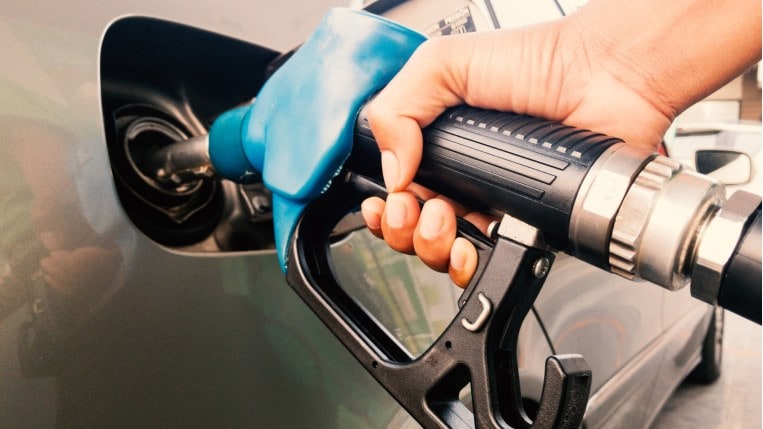
Today marks 73 consecutive days of falling gas prices. Bespoke Investment Group, in a recent report, called that the second-longest streak of declines since 2005.
Prices remain $0.68 higher on average than one year ago, AAA reports. They are $1.15 under the historical peak they hit in mid-June, as Russia’s invasion of Ukraine and peak summer driving combined to limit petroleum supplies worldwide.
The price drops have come, in part, thanks to significant changes in Americans’ driving habits. According to data from the U.S. Energy Information Administration, Americans burned just 8.4 million barrels of oil last week. That’s well below usual late-summer levels. Even in the summer of 2020, when COVID-related travel restrictions kept many Americans off the roads, we used 9.2 million barrels in the third week of August.
High prices changed car shoppers’ behavior, too. Americans still buy more SUVs than cars and trucks combined. But, last quarter, Americans showed new interest in sedans as gas prices soared.
A Bigger Drop Ahead
The return of cooler weather and the start of the school year means a big change in gas prices is coming. Refineries switch to winter gasoline blends, which are less expensive (summer gasoline blends sustain higher temperatures without evaporating).
Patrick de Haan, head of petroleum analysis for Gas Buddy, explains that “the nation’s larger cities…will be the biggest beneficiaries in the form of declines of 20 to 35 cents per gallon.” Under Clean Air Act regulations, the switch happens on September 15.
Stations are allowed to sell what they have on hand before transitioning, so the price drop can take a week or two to show up in some areas.
Hurricane Season Threatens Progress
However, fall brings a new complication to predicting gas prices. “Now we need to keep an eye on the weather as hurricane season arrives,” explains AAA spokesperson Andrew Gross. “These storms can affect prices by disrupting oil production in the Gulf of Mexico and impacting large coastal refineries.”
Related:
- What Rising Gas Prices Actually Cost You
- Gas Prices: How Hypermiling Saves You Money
- How to Get Better Fuel Economy in Your Existing Car







